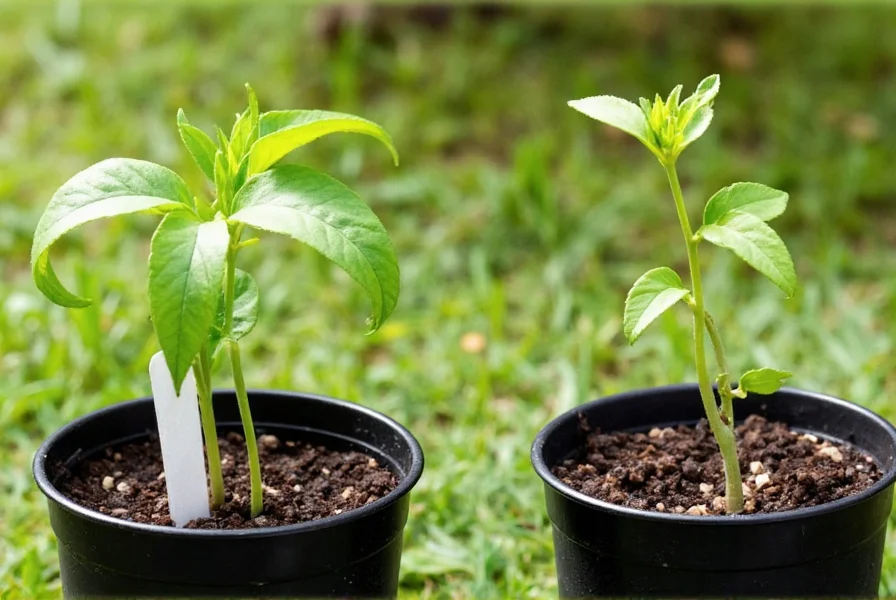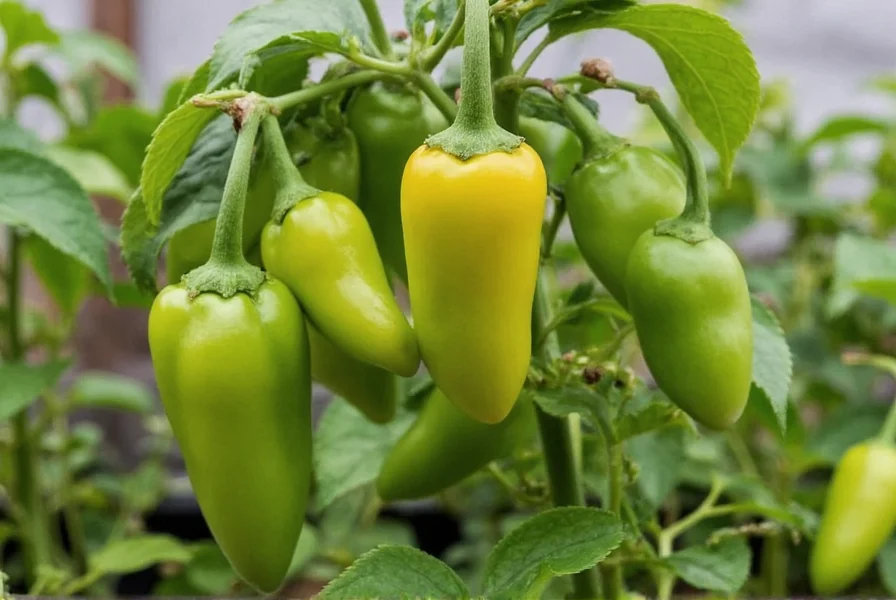Timing is critical when starting pepper seeds indoors. Unlike tomatoes, peppers require warmer temperatures and a longer growing season, making precise indoor sowing dates essential for a successful harvest. Most pepper varieties need 8-10 weeks of indoor growth before they can safely transition outdoors.
Understanding your specific growing zone and local frost patterns determines your exact seed starting schedule. The best time to start pepper seeds indoors aligns with your region's last frost date, which you can find through your local cooperative extension service or online frost date calculators.
Calculating Your Perfect Pepper Seed Starting Date
To determine your ideal sowing window, first identify your area's average last spring frost date. Then count backward 8-10 weeks. For example, if your last frost date is May 15th:
| Pepper Type | Weeks Before Last Frost | Example Sowing Date (May 15 frost) |
|---|---|---|
| Bell Peppers | 8-10 weeks | March 10-24 |
| Hot Peppers (Jalapeño, Serrano) | 10-12 weeks | March 1-10 |
| Super-Hot Peppers (Habanero, Ghost) | 12-14 weeks | February 15-28 |
Hotter pepper varieties generally require more indoor growing time than sweet peppers. This pepper seed starting timeline for beginners ensures your plants develop sufficiently before outdoor transplantation.
Regional Considerations for Indoor Seed Starting
Your USDA hardiness zone significantly impacts your indoor pepper seed starting schedule. Gardeners in warmer zones (7-11) can start seeds later than those in cooler zones (3-6):
- Zones 3-5: Start seeds indoors February 15-March 15
- Zones 6-7: Start seeds indoors March 1-25
- Zones 8-10: Start seeds indoors March 15-April 10
- Zones 11+: Start seeds indoors April 1-20
Microclimates within your region can affect these dates. Urban gardeners often experience slightly warmer conditions than rural areas, potentially allowing for earlier planting.

Essential Conditions for Successful Pepper Seed Starting
Peppers demand specific conditions for optimal germination and growth:
Temperature Requirements
Pepper seeds require consistent soil temperatures of 75-85°F (24-29°C) for germination. A heat mat significantly improves germination rates. Once sprouted, maintain daytime temperatures around 70-80°F (21-27°C) and nighttime temperatures no lower than 65°F (18°C).
Light Needs
Provide 14-16 hours of bright light daily. Without adequate light, seedlings become leggy and weak. Position grow lights 2-3 inches above plants, raising them as seedlings grow. South-facing windows often provide insufficient light for robust pepper seedlings.
Soil and Watering
Use a well-draining seed starting mix rather than garden soil. Keep the medium consistently moist but not soggy. Bottom watering helps prevent damping off disease while encouraging deeper root development.
Avoiding Common Pepper Seed Starting Mistakes
Many gardeners make these critical errors when starting peppers from seed indoors:
- Starting too early: Pepper roots become root-bound in small containers, reducing transplant success
- Insufficient light: Causes weak, stretched seedlings vulnerable to damage
- Cold temperatures: Slows growth dramatically or stops it completely
- Overwatering: Promotes fungal diseases like damping off
- Skipping hardening off: Results in sunburn and transplant shock

Transitioning Pepper Seedlings Outdoors
The hardening-off process prepares indoor-grown seedlings for outdoor conditions. Begin this process 7-10 days before transplanting:
- Start with 1-2 hours of morning sun in a sheltered location
- Gradually increase exposure by 1-2 hours daily
- Expose seedlings to gentle wind and light rain
- After 7-10 days, seedlings should tolerate full sun and outdoor conditions
Transplant pepper seedlings when nighttime temperatures consistently stay above 55°F (13°C) and all danger of frost has passed. Plant in well-prepared soil with plenty of organic matter, spacing plants 18-24 inches apart.
Troubleshooting Pepper Seedling Problems
Address these common issues during your pepper seed starting timeline:
- Slow germination: Increase soil temperature with a heat mat
- Leggy seedlings: Provide more intense light or reduce time between light source and plants
- Yellowing leaves: Could indicate overwatering or nutrient deficiency
- Damping off: Improve air circulation, reduce watering frequency, and avoid overcrowding
Frequently Asked Questions
Can I start pepper seeds indoors later than recommended?
Yes, but with reduced harvest potential. Starting pepper seeds later means fewer growing days before cooler temperatures arrive. While you'll still get some peppers, the overall yield will be significantly lower than with properly timed seed starting.
How do I know when my pepper seedlings are ready for transplanting?
Pepper seedlings are ready for transplanting when they have 4-6 true leaves, are 6-8 inches tall, and have a sturdy stem. The root system should have filled the container without becoming root-bound. Most importantly, outdoor temperatures should consistently stay above 55°F at night.
Do all pepper varieties need the same indoor growing time?
No, different pepper varieties require varying indoor growing periods. Sweet bell peppers typically need 8-10 weeks, standard hot peppers like jalapeños need 10-12 weeks, and super-hot varieties such as habaneros or ghost peppers require 12-14 weeks of indoor growth before transplanting.
What's the ideal soil temperature for pepper seed germination?
Pepper seeds germinate best at consistent soil temperatures between 75-85°F (24-29°C). Temperatures below 70°F significantly slow germination, while temperatures above 90°F can inhibit it. Using a seedling heat mat set to 80°F provides optimal conditions for reliable, rapid germination.











 浙公网安备
33010002000092号
浙公网安备
33010002000092号 浙B2-20120091-4
浙B2-20120091-4